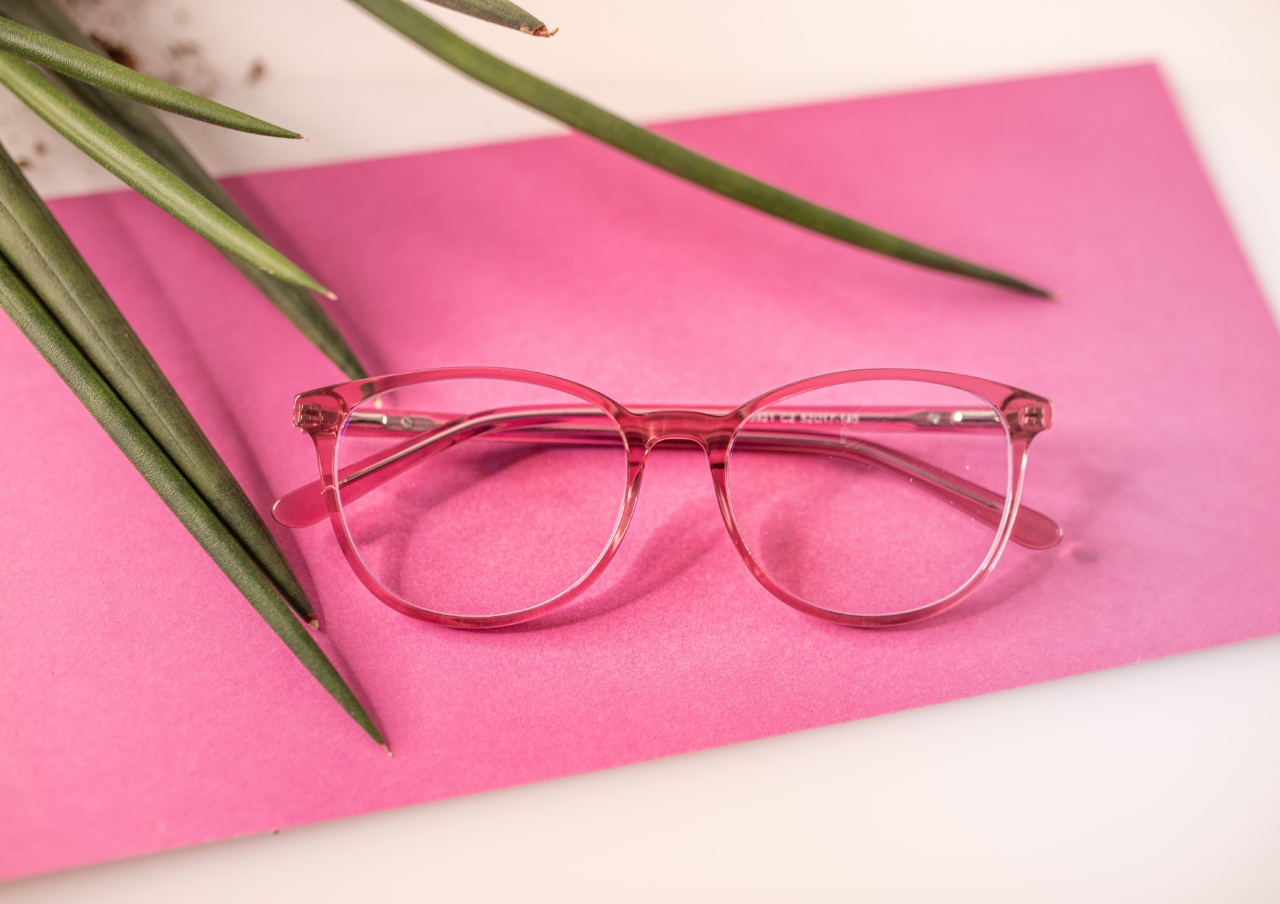Myopia, commonly known as nearsightedness, has become increasingly prevalent worldwide in recent years. It is estimated that nearly 50% of the global population will be affected by myopia by 2050.
Researchers have been diligently studying the risk factors associated with myopia to better understand its causes and find effective preventive measures. A recent groundbreaking study has identified a specific factor that significantly heightens the risk of developing myopia. This discovery has the potential to revolutionize the understanding and management of this vision disorder.
The Study and its Findings
The study, conducted by a team of international researchers, aimed to investigate the impact of outdoor light exposure on the development of myopia in children. The researchers recruited a large group of children aged between 6 and 12 years.
They tracked their outdoor activities and measured the intensity and duration of their light exposure using wearable devices.
The results of the study were astonishing. It was found that children who spent less time outdoors and had lower levels of exposure to natural daylight were at a significantly higher risk of developing myopia.
The risk was particularly pronounced among children who spent excessive amounts of time engaged in indoor activities such as reading, playing video games, or using electronic devices.
The Role of Outdoor Light Exposure
Outdoor light exposure, especially during daylight hours, plays a crucial role in regulating eye growth and development. Sunlight, specifically the shorter wavelengths found in natural light, triggers the release of dopamine in the retina.
Dopamine controls the elongation of the eyeball, ensuring the eye maintains the correct shape for optimal vision.
When children spend extended periods indoors, their exposure to daylight becomes limited, depriving their eyes of the necessary stimuli to regulate eye growth properly.
This imbalance in eye growth can lead to the development of myopia, where the eyeball becomes elongated, causing difficulty in focusing on distant objects.
The Impact of Indoor Activities
The study also highlighted the negative impact of excessive engagement in indoor activities on the risk of myopia.
While it is well-known that spending excessive time engaged in activities like reading or using electronic devices can strain the eyes, this study revealed a significant association between these activities and myopia development in children.
When children engage in prolonged near work, such as reading or playing video games, their eyes are subjected to sustained close-up focusing.
This constant near work puts a strain on the focusing mechanism of the eyes, leading to changes in eye shape and the subsequent development of myopia.
The Importance of Outdoor Time
The findings of this study emphasize the critical role of outdoor time for children’s eye health and the prevention of myopia.
Increasing the duration and intensity of outdoor light exposure has been shown to slow down the development of myopia in children effectively.
Experts recommend that children should spend at least two hours a day in natural daylight, engaging in outdoor activities like sports, playing, or simply spending time in well-lit outdoor environments.
This practice can significantly reduce the risk of myopia development.
Parents’ Role in Myopia Prevention
Parents play a vital role in preventing myopia in their children. By encouraging and facilitating outdoor activities, parents can ensure that their children receive adequate exposure to natural light.
This will help to regulate eye growth properly and reduce the chances of myopia development.
Additionally, parents should limit the amount of time their children spend engaged in indoor activities, especially those that involve near work.
Setting reasonable time limits and promoting healthy hobbies that involve outdoor time can actively contribute to maintaining good eye health.
Future Implications
The findings of this study have significant implications for public health and eye care. With myopia rates on the rise globally, identifying modifiable risk factors that can be targeted for prevention is crucial.
The study’s insights into the importance of outdoor light exposure and the negative impact of excessive near work activities provide valuable guidance for effective myopia management.
Further research is needed to delve deeper into the mechanisms behind the role of outdoor light exposure in myopia prevention.
Scientists are optimistic that this new knowledge will pave the way for innovative interventions and strategies aimed at reducing myopia prevalence in future generations.
Conclusion
The study’s identification of outdoor light exposure as a significant factor in myopia development has shed new light on our understanding of this vision disorder.
By recognizing the importance of natural daylight and limiting excessive near work, we can take proactive measures to reduce the risk of myopia and promote healthy vision for children. Through targeted interventions and a collective effort from parents, healthcare professionals, and educators, we can effectively combat the growing myopia epidemic and safeguard the eye health of future generations.




























